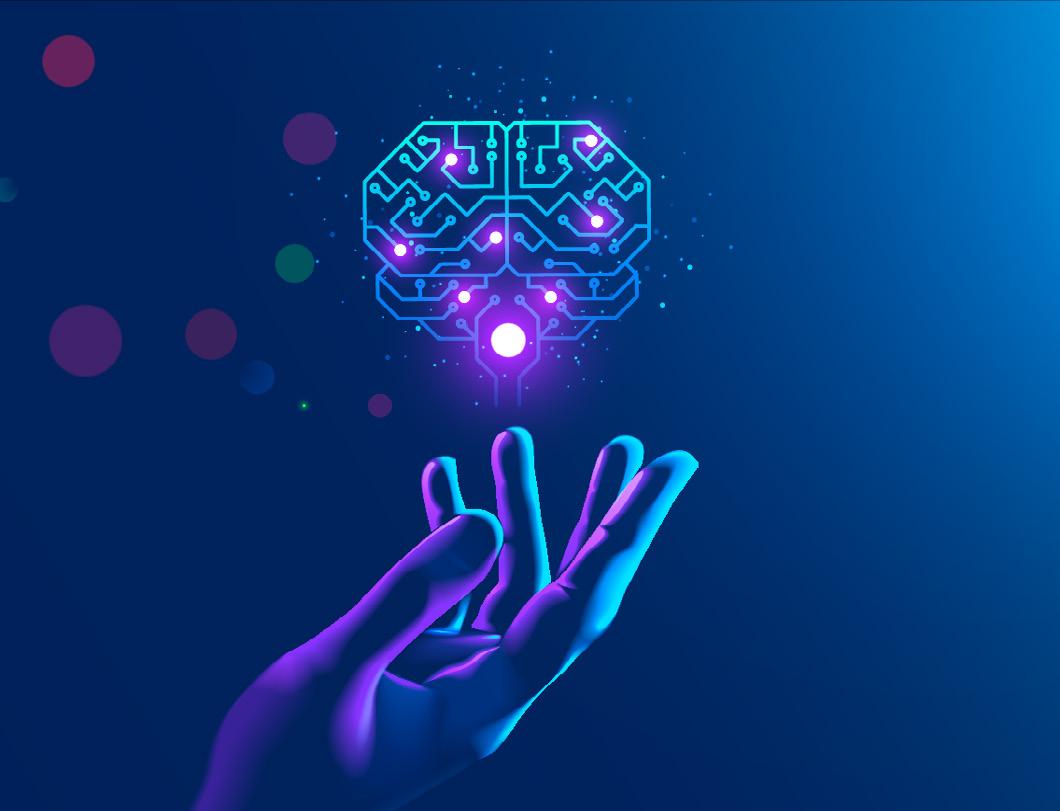
1 minute read
Challenges and issues arising out of AI adoption
AI delivers exponential benefits to companies that can successfully harness its power; however, if improperly implemented, AI could negatively impact the company’s stakeholders, reputation, and future performance.
Organisation Inadequate governance over AI applications:
Advertisement
Organisational silos can lead to disconnected groups creating and using algorithms in disparate ways, resulting in inconsistent policies and insufficient monitoring as new data flows in. Insufficient data protection mechanisms: There may not be appropriate safeguards in place to make data tamper proof, exposing it to possibilities of fraud and cyber-attacks.
Improper secondary data usage: Data insights could be repackaged and inadvertently used in the secondary market in a way that violates customer’s original consent.
Lack of experienced AI talent: Many organisations face a shortage of talent that has the technical capability and ability to understand the implications arising out of using AI at scale.
Lack of training for responsible parties: The parties responsible for curating data and building algorithms may not be trained on the organisation’s ethical policies and guidelines.
Data
General bias in existing data: Using historical data to build an algorithm teaches it to make similar decisions in the future. If past decisions included bias, then the algorithm will reproduce it. Also, faulty/incomplete data collection could add an unintended input bias.
Underrepresentation of certain groups: If, for example, a protected class faced discrimination in the past (e.g., hiring, college admissions), there will be fewer instances of positive outcomes for that class in the data and the model will reproduce that bias.
Overrepresentation of certain groups: For instance, if a protected class has faced increased scrutiny due to discrimination (e.g., non-random checks for misbehaviour), there will be more instances of negative outcomes for that class present in the data and the model will reproduce that bias.
Algorithms
Functional form of an algorithm: The decisions produced by “black-box” algorithms are harder to explain, and therefore, harder to justify to stakeholders and during litigation. The “threshold” levels for decision-making algorithms can differentially impact protected classes.
Variation between training and the real world:
Model performance in the real world may not be identical to performance on a training set. The environment changes constantly—from shifts in customer base and offerings to customers changing behaviours in response to algorithms. This results in AI algorithms producing unintended results at times.










